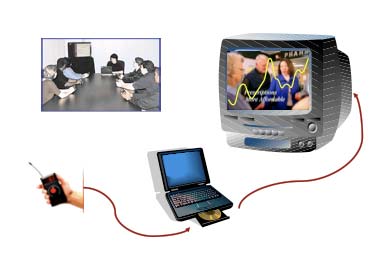Mark Mellman inducted into the Political Consultants Hall of Fame!
The Mellman Group has played an important role in the development of an innovative method of testing the effectiveness of advertising before spots are aired. Media-PULSE Analysis © combines the best aspects of qualitative and quantitative research into a flexible program that is designed to aid rather than control the creative process.
Media-PULSE Analysis © combines written, oral, and electronic data collection to capture structured, as well as unstructured, responses. Some aspects of the process resemble a typical focus group; others are quite unique and high-tech. The complementary research techniques converge to form a rich, multi-dimensional understanding of the effects of the advertisements on the target audience.

Media-PULSE Analysis © is not a search for a magic number, or score that determines whether a spot gets a passing or failing grade. While the results can be used to determine which of several spots to air, more importantly, this research can be used to improve and sharpen a single spot or an overall communication strategy.
Our approach to this type of research is always flexible and custom-tailored. For one client, we prepared nine story board animatics. The results were clear. The creative writers, the management team, and the research team all had confidence that the group had picked the best four spots for production. For other clients we have used Media-PULSE Analysis © to evaluate and improve finished spots. In some cases, particularly effective images can be taken from relatively weak spots and reworked into stronger, more engaging advertising. The key is always to work with our clients to design each session around their specific goals.
